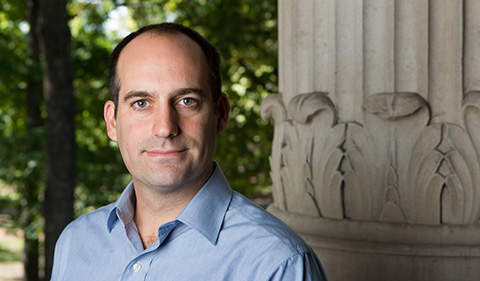
Dr. Joseph Gingerich
Dr. Joseph Gingerich, Assistant Professor of Anthropology, chairs a session: Intra-Site Spatial Analysis of Mobile Peoples and presents “Modeling Discrete Paleoindian Work Areas” at the annual meeting of the Society for American Archaeology in Washington, D.C., this month.
The mission of the Society for American Archaeology is to expand understanding and appreciation of humanity’s past as achieved through systematic investigation of the archaeological record. The society leads the archaeological community by promoting research, stewardship of archaeological resources, public and professional education, and the dissemination of knowledge. To serve the public interest, SAA seeks the widest possible engagement with all segments of society, including governments, educators, and indigenous peoples, in advancing knowledge and enhancing awareness of the past.
Abstract for “Modeling Discrete Paleoindian Work Areas”: At many archaeological sites, discrete concentrations of artifacts or the clustering of similar tool types are often interpreted as individual work areas or evidence of specific activities. Using sets of refitted artifacts from the Shawnee-Minisink site, representing individual knapping and tool use events, I examine the relationship between known work areas and areas with varying artifact densities, where activities are less defined. By examining the relationship between refit distance, artifact density, raw material use, and the spacing of features the location of certain features or activity areas may be predictable at other hunter-gatherer sites. These results are considered in concert with the duration of site occupation and the spacing of activity areas at other Paleoindian sites.



















Comments